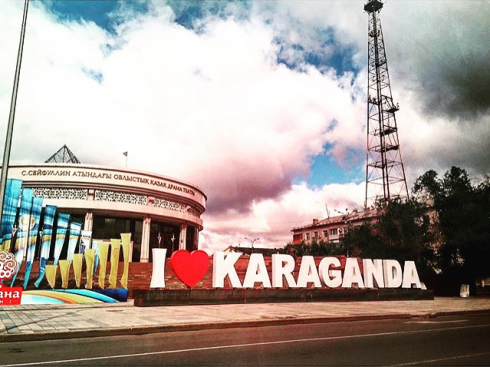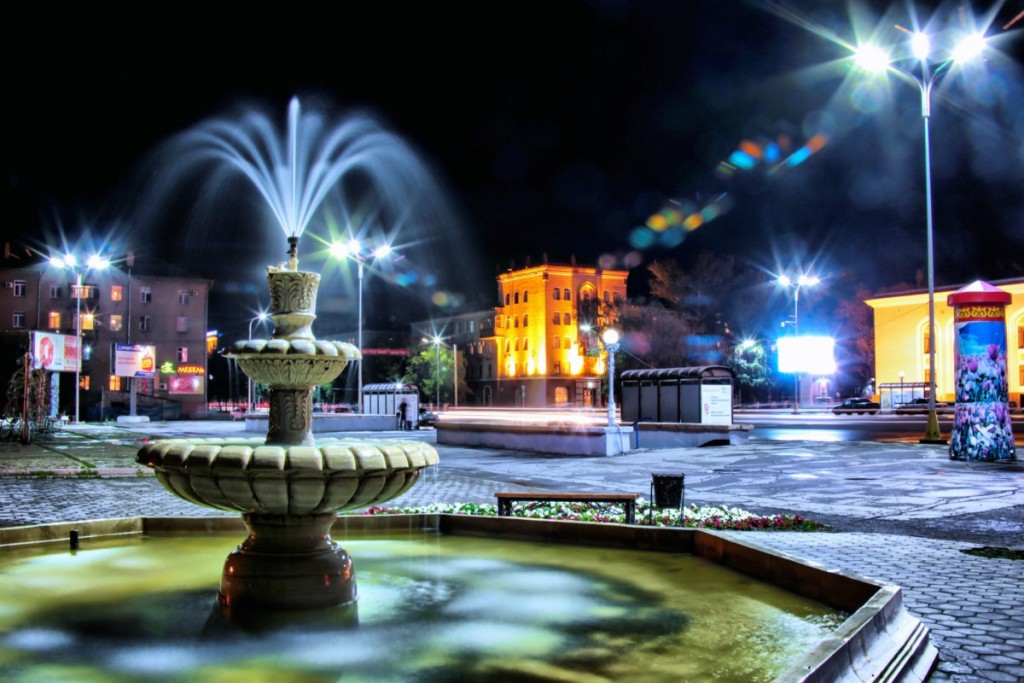ASTANA – From renowned universities and historic and cultural venues to bowling, nightclubs and concert halls, Karaganda is one of Kazakhstan’s largest industrial, economic, science and cultural centres.
“Karaganda was a city of mine workers and is very industrial. Authentic cotton fabric garments made in Karaganda are ecologically clean and in high demand among residents of other cities,” said local kids clothing boutique owner Saule Ashirbayeva in an interview with The Astana Times.
She added many Kazakh women lined up to buy cotton socks from Karaganda during a recent Made in Kazakhstan show at the capital’s Korme Exhibition Centre. Karaganda has a number of factories and companies that supply residents with mostly pure, 100-percent cotton socks, tights and other foot gear.
More than 200 kilometres southeast of the capital and with a population of almost half a million (496,173 as of 2015) on a territory of 550 square kilometres, Karaganda is the fourth largest city of Kazakhstan after Almaty, Shymkent and Astana. It presumably received its name from the yellow acacia shrub named “karagana” or “karagannik” which is predominant in the area.
In the 1980s, Kostenko mine was one of the largest mines of the Karaganda coal basin and is now the largest coal mining enterprise of ArcelorMittal Temirtau’s coal department. Food processing, the energy sector, mechanical engineering and metal processing are other well-developed industries.
The city is renowned for its strong technical and medical education at Karaganda State Technical University (previously Karaganda Polytechnic Institute) and Karaganda State Medical University. There are also a number of research and design institutes, a museum, theatres and botanical garden, according to Kazakhstan.com.
“Karaganda State Technical University was always known as the best technical higher education institution and universities such as Buketov Karaganda State University for their strong teaching staffs,” said Ashirbayeva.
The city is also home to FC Shakhter Karagandy football club based at Shakhter Stadium. Professional boxer Gennady Golovkin, retired Kazakh Air Force officer and former cosmonaut Tokhtar Aubakirov and Kazakh World War II pilot who served for the Soviet Union Nurken Abdirov are among the city’s many notable residents.
Nurken Abdirov Sports Palace, Stanislavsky Karaganda State Russian and Seifullin Kazakh drama theatres, the Palace of Miners’ Culture, Shakhter Stadium and Eternal Light monument are among the city’s major historic and cultural venues.
“Today the central areas of Karaganda are a pleasant surprise, with a lively buzz, plenty of parks and broad tree-lined streets, all prettily illuminated after dark. Bukhar Zhyrau Dangyly, the main street, heads north through the centre from the train and bus stations,” notes lonelyplanet.com.
Modern Karaganda offers sports clubs, fitness centres, saunas, tennis courts and pools for recreation and relaxing. The Arman Bowling Centre, billiard rooms and nightclubs are always at your service, according to the Central Asian online travel company OrexCA.com.
Shalkyma Concert Hall, which attracts musicians from the region, nation and the world, awaits fans of classical music. Tourists with children can go to Buratino Puppet Theatre or Karaganda Zoo.
Chaika, Cosmonaut and Merei hotels offer high levels service, and dishes from Asian and European cuisines are available in numerous restaurants and cafés, according to OrexCA.com




